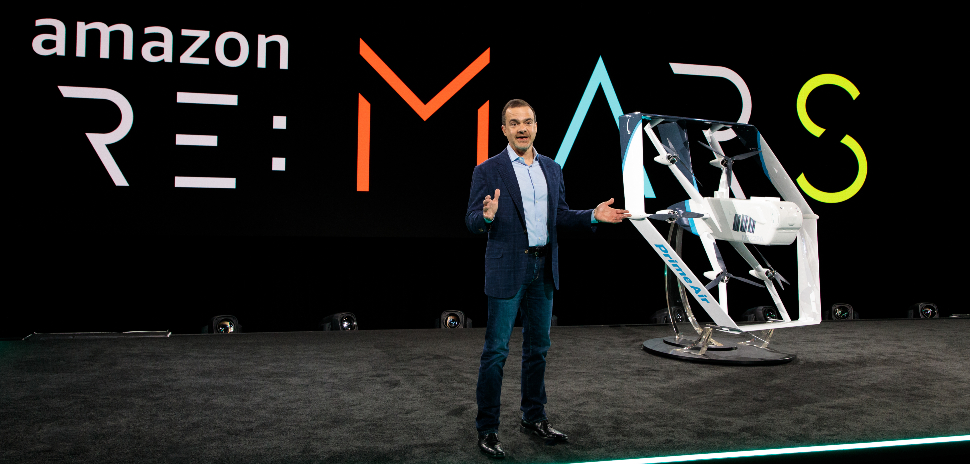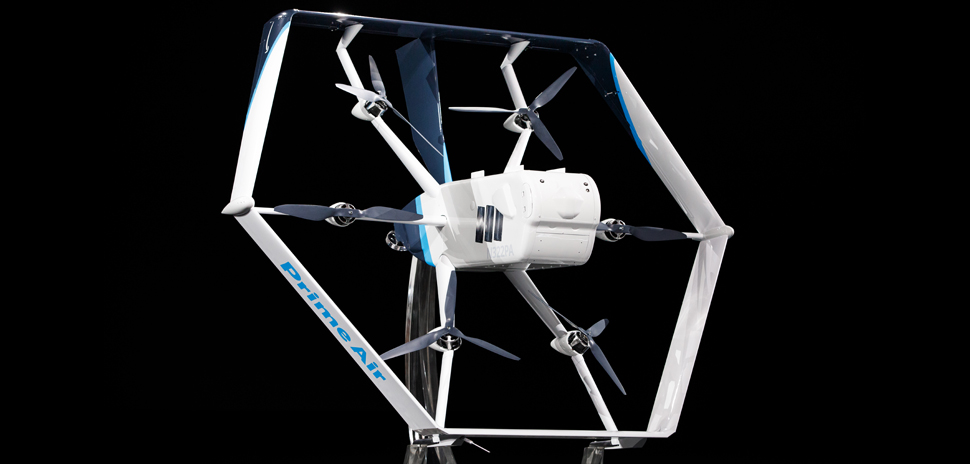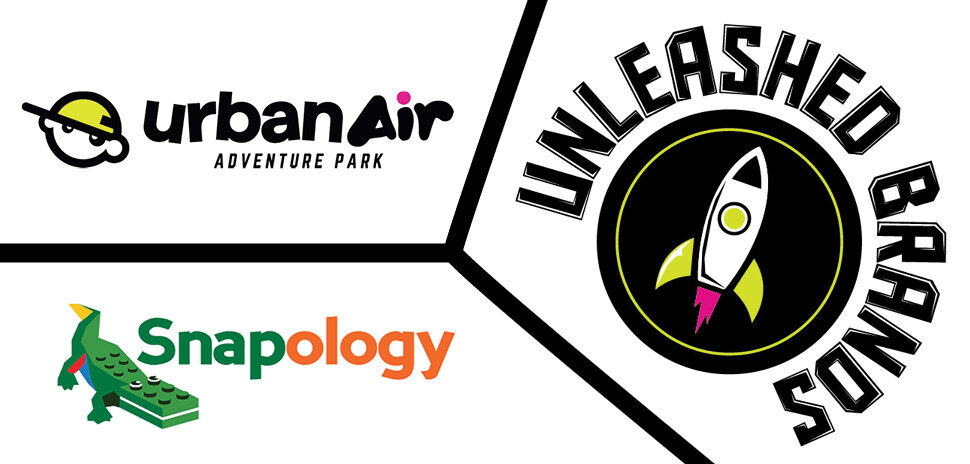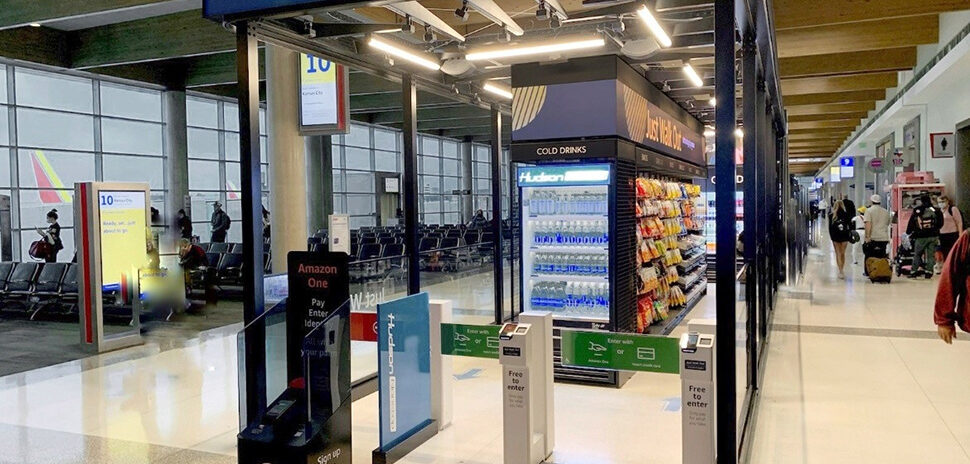Amazon will start testing “within months” deliveries to consumers with unmanned aircraft—and speculation is rising about whether North Texas could get a role.
The announcement was made yesterday at the Seattle giant’s re:MARS Conference in Las Vegas. Jeff Wilke, CEO of Amazon Worldwide Consumer, wrote in a blog post that the company is pursuing pioneering autonomous drone technology in order to deliver packages even faster than they are now.
The one-day Prime U.S. shipping is pretty hard to beat. But with Amazon’s drones, you could get that product you’ve been eyeing just as fast as you get your Postmates.

[Photo: Courtesy Jordan Stead/Amazon]
And it’s right on schedule, if you’ve been following the timeline.
60 Minutes aired “Amazon” on Dec. 1, 2013, with correspondent Charlie Rose in conversation with Amazon founder, chairman, CEO, and president, Jeff Bezos. At the time, Bezos said drones as delivery vehicles, with half-hour delivery carrying up to five pounds, could come in four or five years. Back then, it was merely an R&D project. But to 2013 Bezos, “it will work, and it will happen, and it’s gonna be a lot of fun.”
He was a little too optimistic on the timeline, but nearly six years later, Amazon drones might be finally ready to debut.
The newest Prime Air delivery drone released at the conference is a fully electric drone that can “fly up to 15 miles and deliver packages under five pounds to customers in less than 30 minutes,” Wilke writes. That combined with Amazon’s vast fulfillment and delivery network—notable, considering Dallas-Fort Worth last year got two more giant fulfillment centers—should help the drone delivery come to fruition very soon.
“Our newest drone design includes advances in efficiency, stability and, most importantly, in safety. It is also unique, and it advances the state of the art,” the post says. “How so? First, it’s a hybrid design. It can do vertical takeoffs and landings—like a helicopter. And it’s efficient and aerodynamic—like an airplane. It also easily transitions between these two modes—from vertical-mode to airplane mode, and back to vertical mode.”
Wilke says Amazon recognizes that customers will only choose delivery via drone if the system is entirely safe, so the tech company used artificial intelligence technologies when building the newest model.
When in transit, the drones use “proprietary computer-vision and machine learning algorithms” to detect moving objects in the air, and “diverse sensors and advanced algorithms” to detect static objects. And, when descending, the drones have AI and “explainable stereo vision” to detect anything from above.
Basically, the drone won’t land on you, or your pet.
Prime Air is also going to be apart of Amazon’s sustainability initiatives under Shipment Zero: “the company’s vision to make all Amazon shipments net zero carbon, with 50% of all shipments net zero by 2030,” Wilke writes. Since the drone is electric, it is charged sustainably, with less emissions than a car.
Amazon joins Uber in the skies
A spokesperson for Amazon, which last year unveiled a regional hub at Fort Worth’s Alliance Airport, declined to reveal where in the United States it will test drones that can deliver packages of five pounds or less across up to 15 miles.
But, ride hailing giant Uber has already said it will do local tests of “sky cabs” in Dallas-Fort Worth next year, with an expected commercial launch three years later.
Uber has agreed to provide data about the planned uberAIR taxis to NASA officials, who are working at Dallas Fort Worth International Airport to build a prototype of an air traffic control system for drones.
We will let you know what we hear from our inquiry to the North Central Texas Council of Governments, which is providing our region as a drone-testing grounds to organizations like NASA.
![]()
Get on the list.
Dallas Innovates, every day.
Sign up to keep your eye on what’s new and next in Dallas-Fort Worth, every day.

































